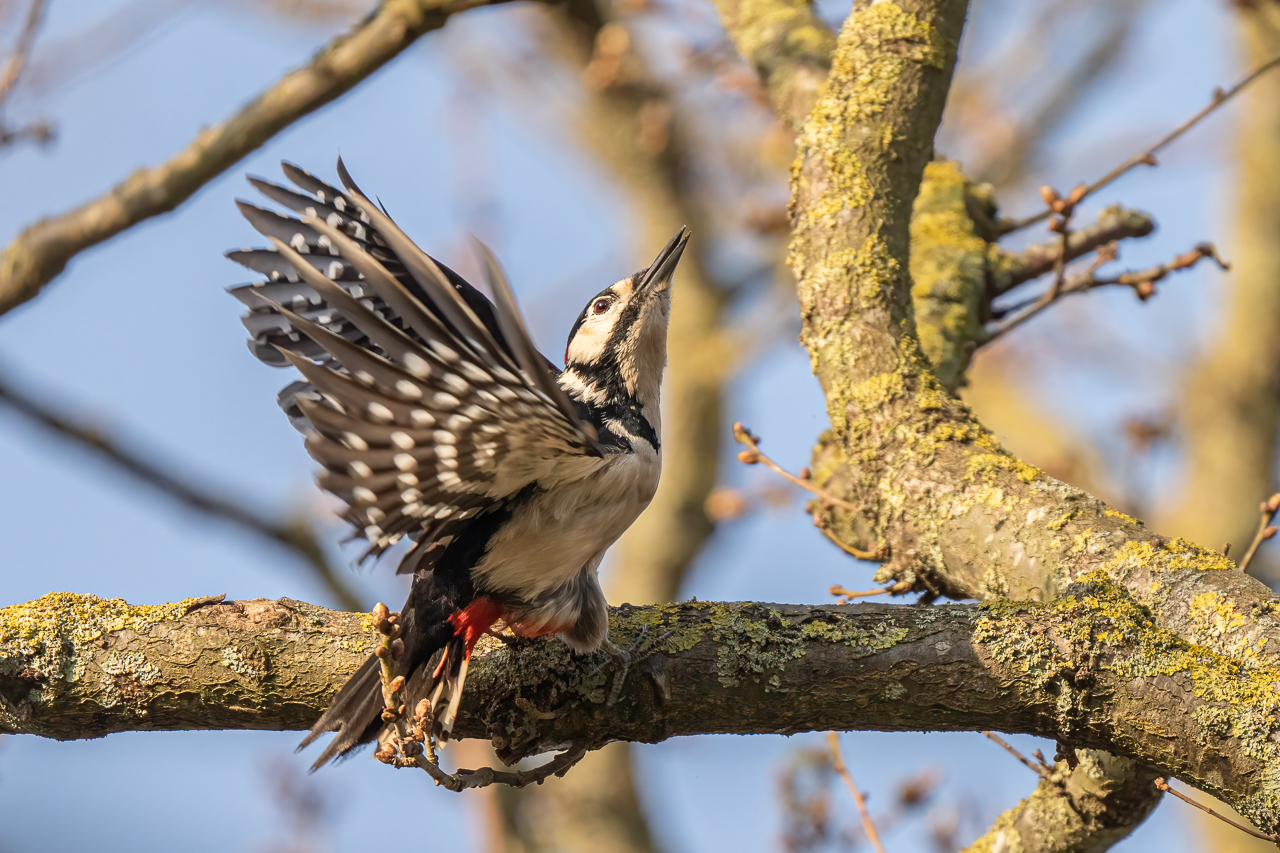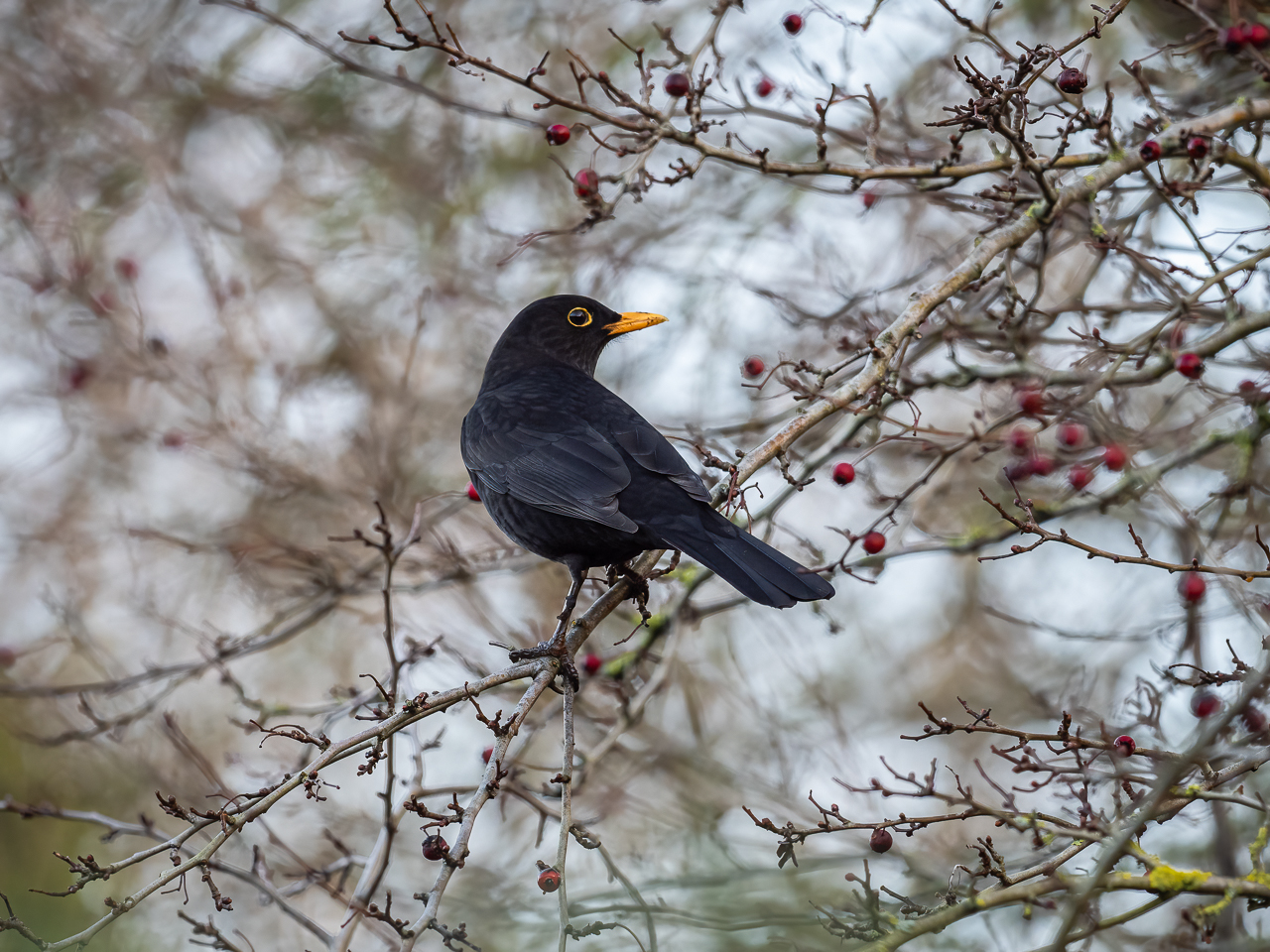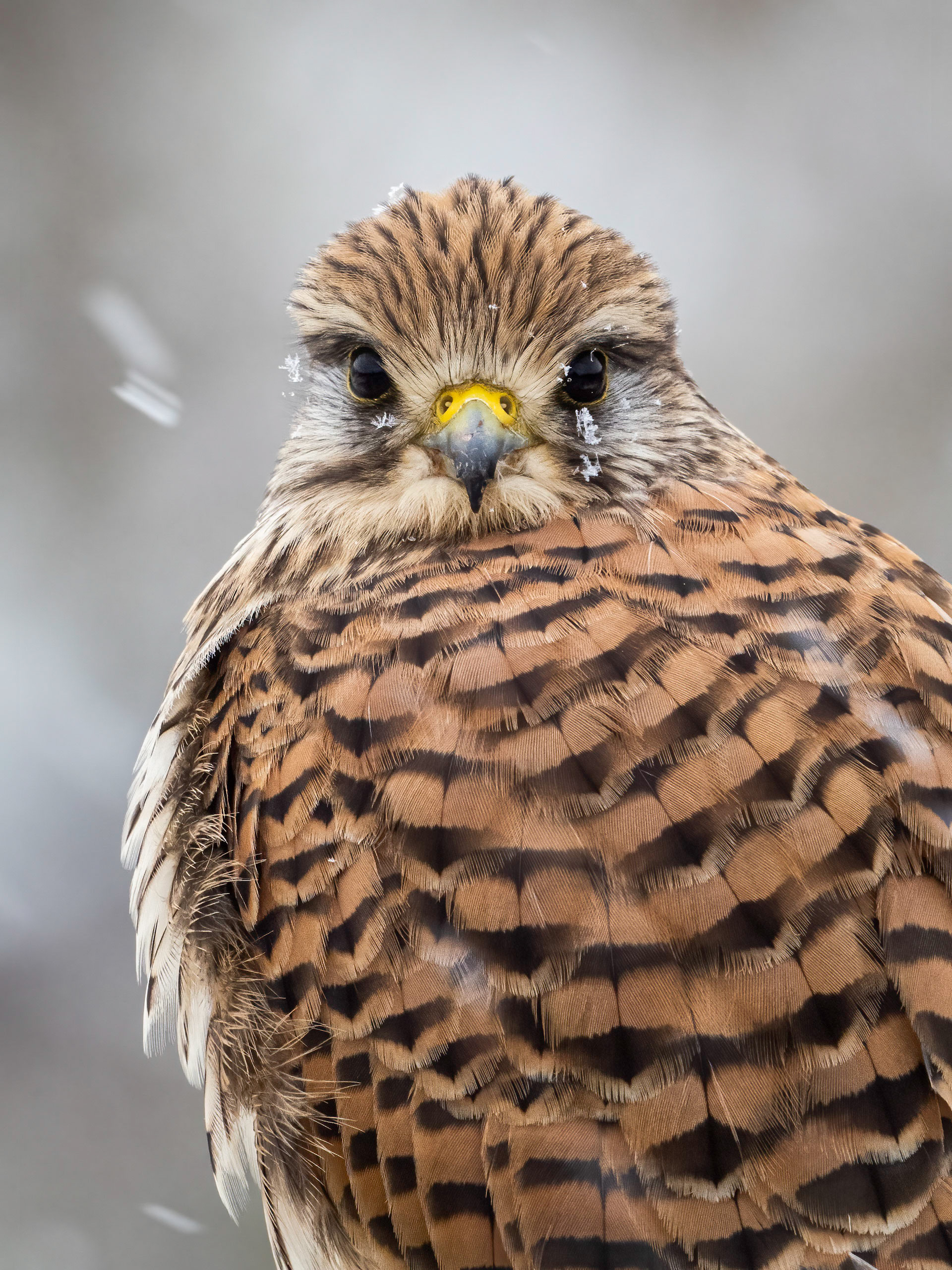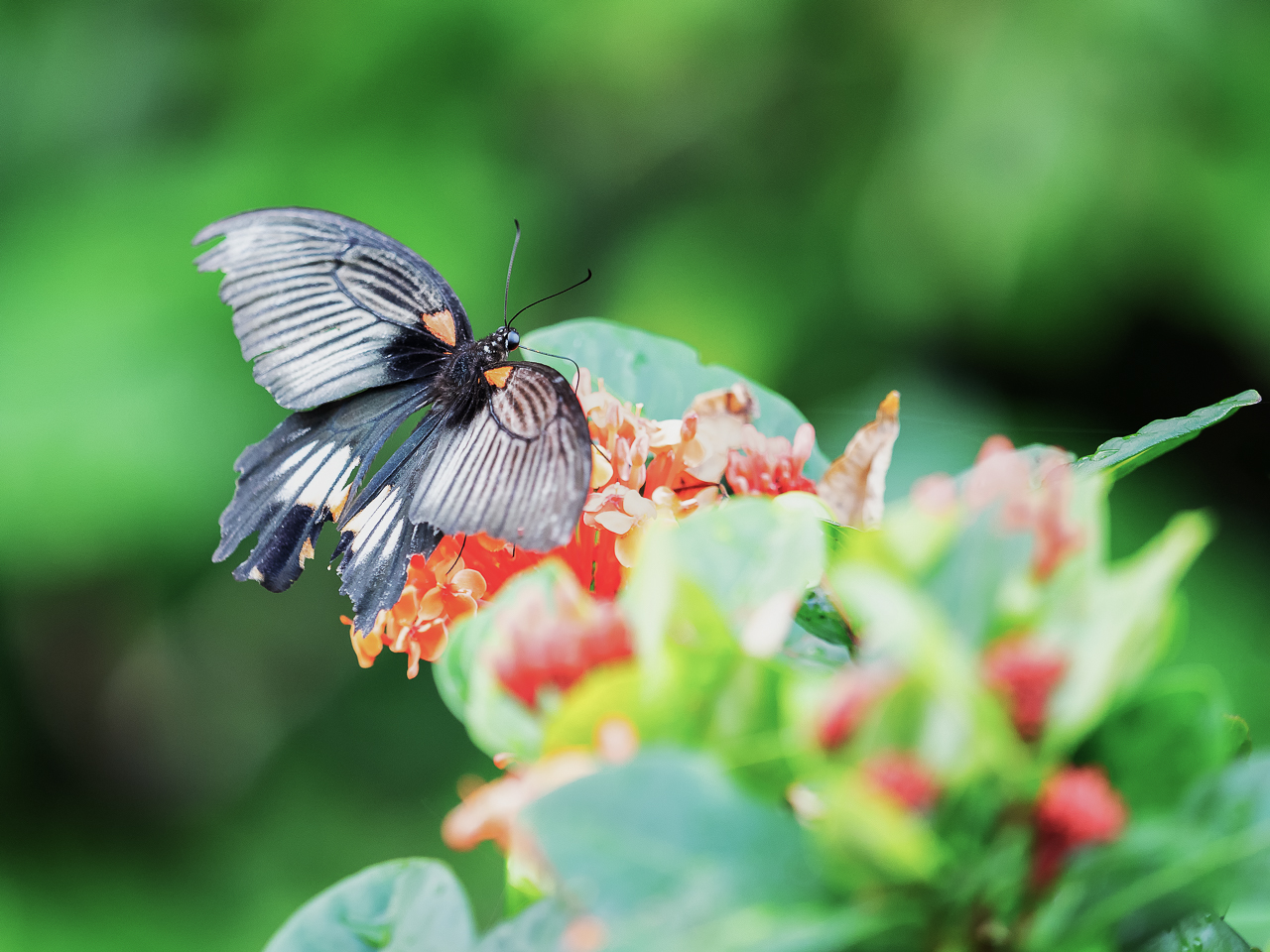22 Mar Promises to myself
 The blackthorn foams with blossom again. Chiffchaffs have arrived, and creak their seesaw tune from trees that seem to tremble with rising sap. Spring is here – and I notice, with something approaching disappointment (but more likely just dull amazement), that it has been more than a year since I last blogged.
It has been an unusual year, though, and I'm in no mood to beat myself up. Since I wrote last March about confinement and illness, I've managed to start finding time for adventure and professional advancement. Looking at the months that have passed since my last post, I find reasons to feel happy about life (if not about my blogging).
The blackthorn foams with blossom again. Chiffchaffs have arrived, and creak their seesaw tune from trees that seem to tremble with rising sap. Spring is here – and I notice, with something approaching disappointment (but more likely just dull amazement), that it has been more than a year since I last blogged.
It has been an unusual year, though, and I'm in no mood to beat myself up. Since I wrote last March about confinement and illness, I've managed to start finding time for adventure and professional advancement. Looking at the months that have passed since my last post, I find reasons to feel happy about life (if not about my blogging).
07 Mar Nature notes – Bumblebees and blossom
...
16 Feb Nature notes – Foxes: A moment of surrender
...
20 Nov Wildlife photography from Japan
...
01 Nov Wildlife photography and savage beauty in Dungeness
[caption id="attachment_4140" align="alignright" width="300"] A boardwalk stretches across shingle to the horizon beneath clear blue skies at Dungeness.[/caption]
Few places demand repeat exploration with quite the force of Dungeness. This peculiar wilderness on the coast of Kent combines eerie desolation, good food and spectacular biodiversity. It’s a gift of a place for anyone interested in wildlife photography. And I’m hooked.
Dungeness is a triangular outcrop of shingle by Romney Marsh in Kent. It’s reasonably easy to reach by road – less so if, like me, you’re dependent on public transport. A train via Ashford to beautiful Rye gets you close, before a short bus ride takes you to the quiet little garrison town of Lydd. The nearby artillery range reverberates with the occasional crump or thud, adding to Dungeness’s otherworldly air as you walk past acres of rich farmland to the shingle beach.
A boardwalk stretches across shingle to the horizon beneath clear blue skies at Dungeness.[/caption]
Few places demand repeat exploration with quite the force of Dungeness. This peculiar wilderness on the coast of Kent combines eerie desolation, good food and spectacular biodiversity. It’s a gift of a place for anyone interested in wildlife photography. And I’m hooked.
Dungeness is a triangular outcrop of shingle by Romney Marsh in Kent. It’s reasonably easy to reach by road – less so if, like me, you’re dependent on public transport. A train via Ashford to beautiful Rye gets you close, before a short bus ride takes you to the quiet little garrison town of Lydd. The nearby artillery range reverberates with the occasional crump or thud, adding to Dungeness’s otherworldly air as you walk past acres of rich farmland to the shingle beach.










